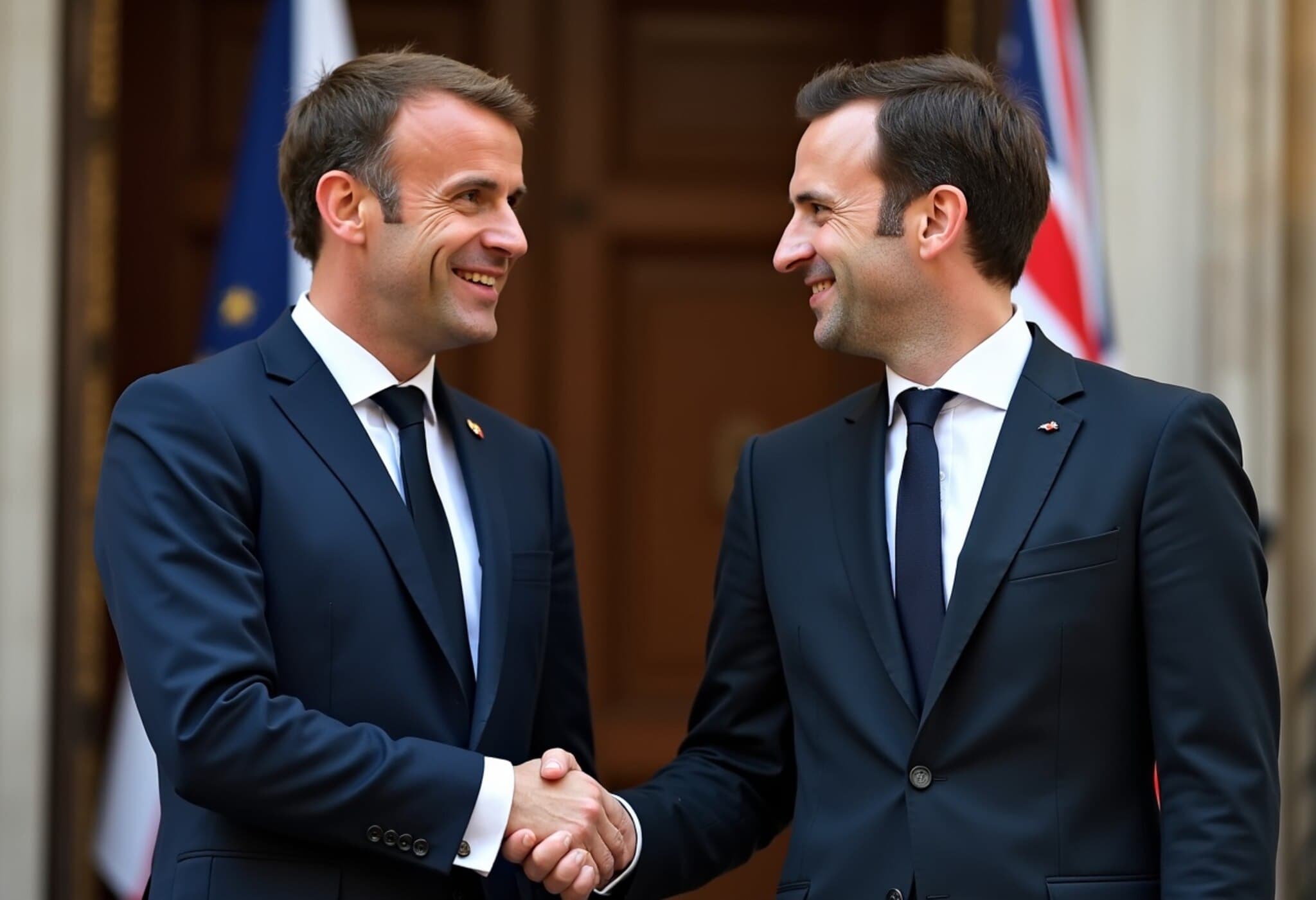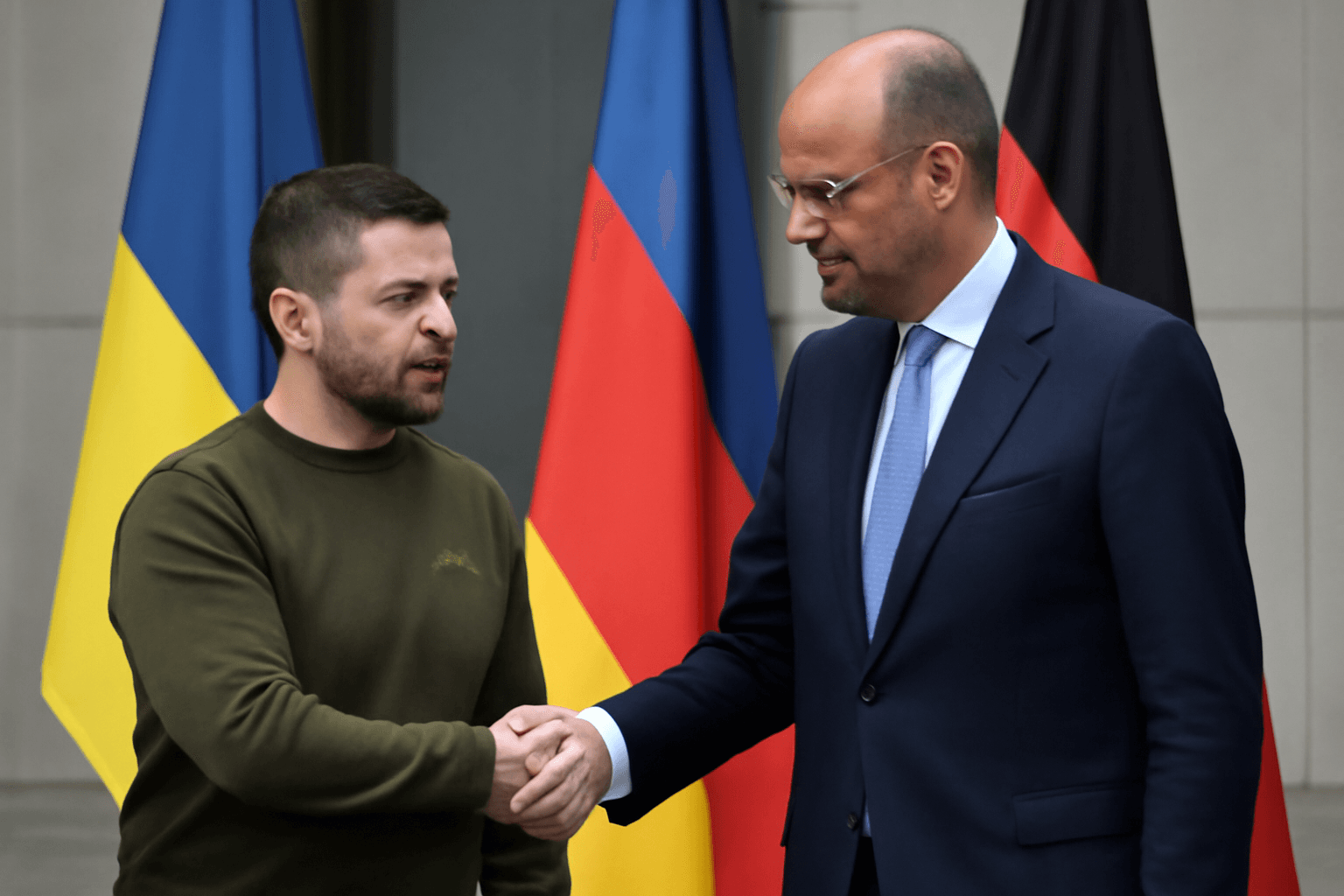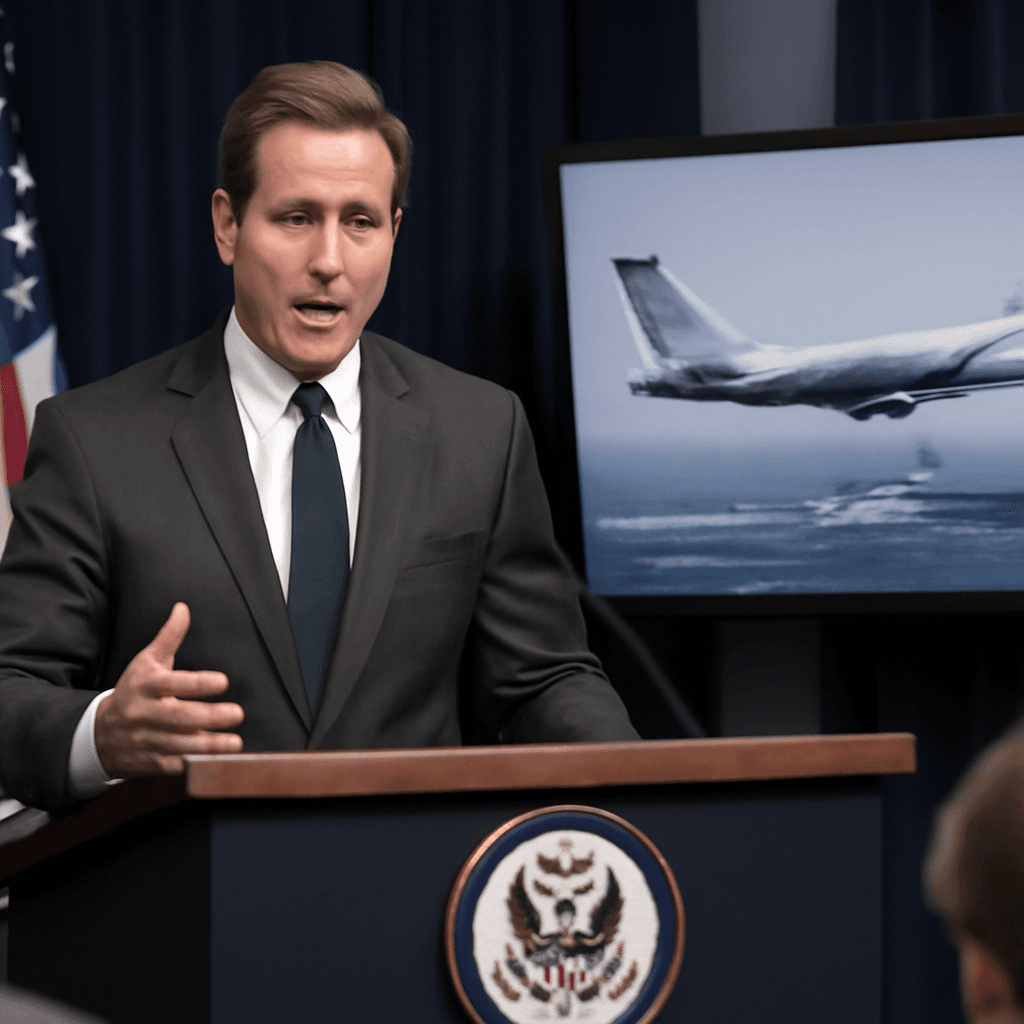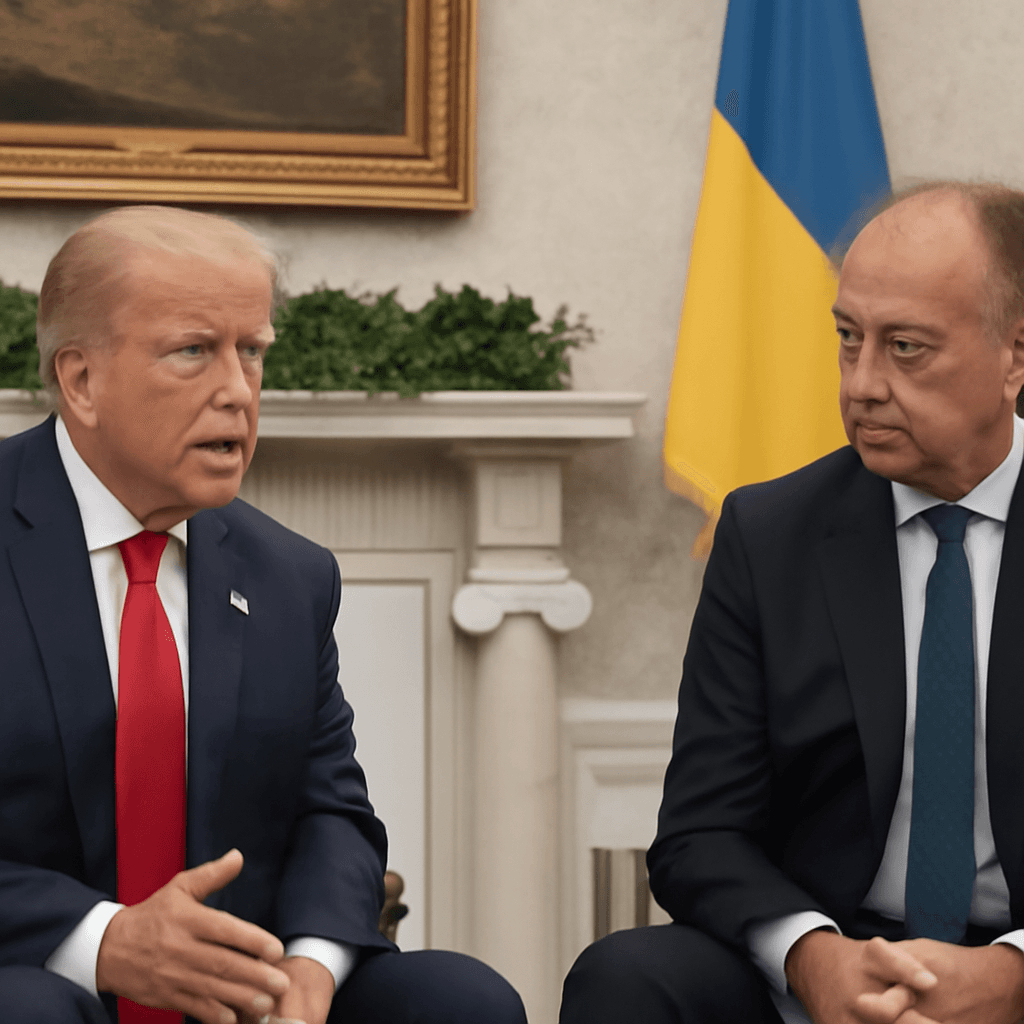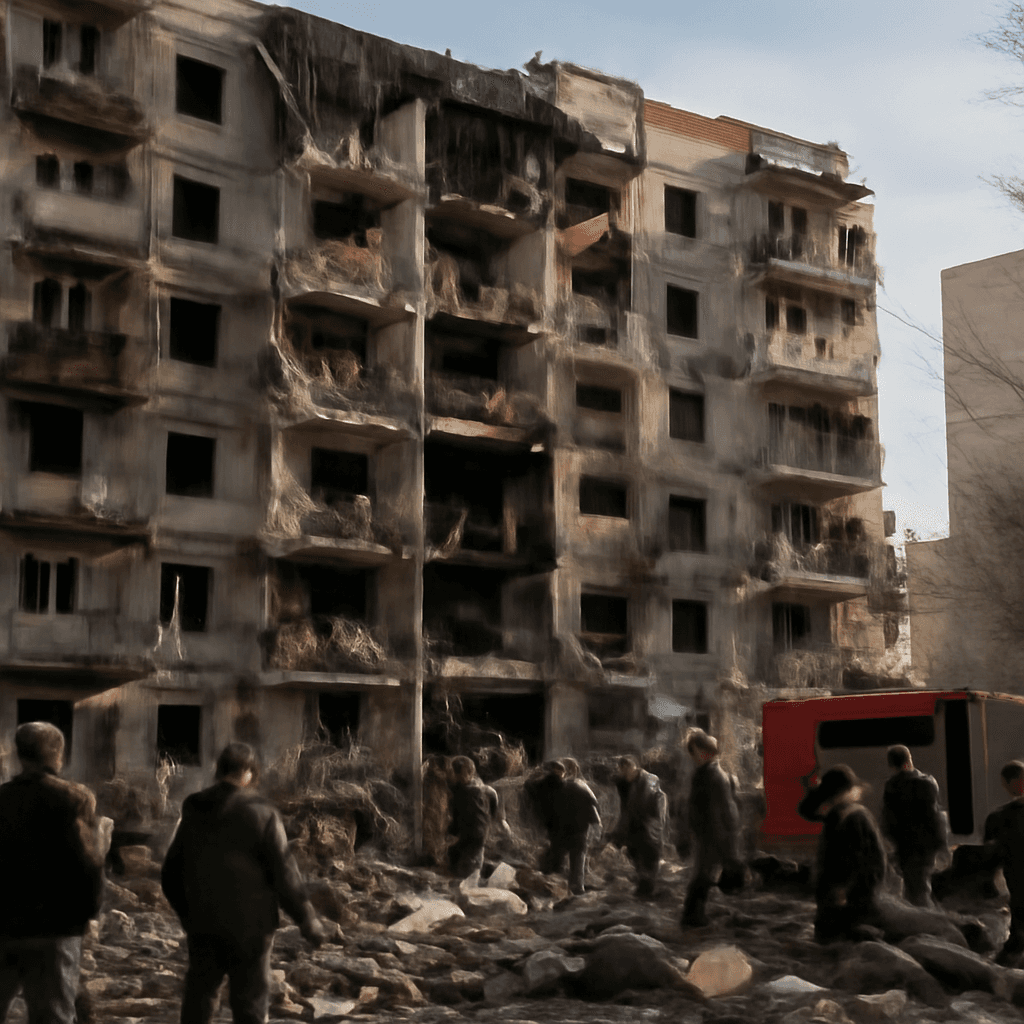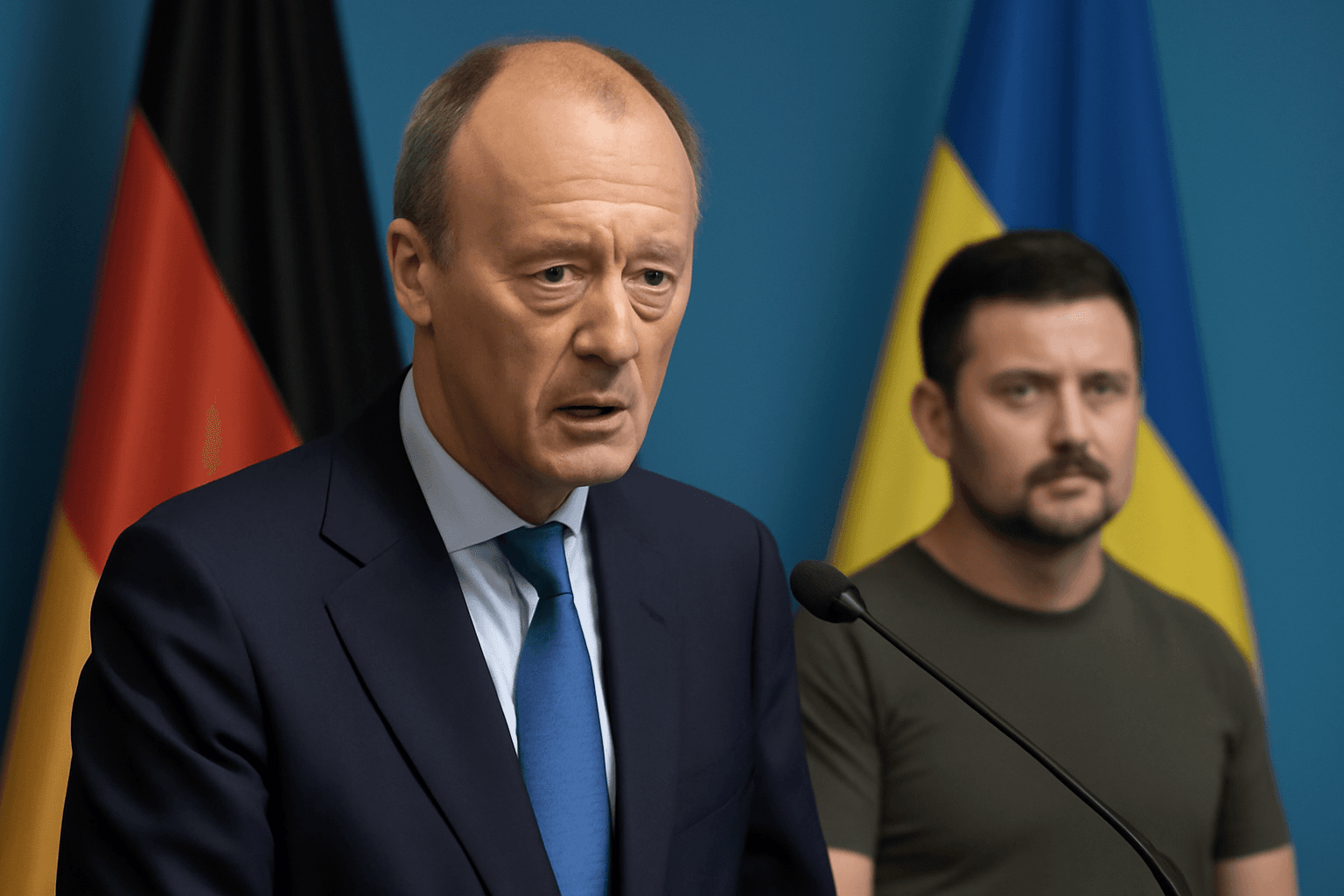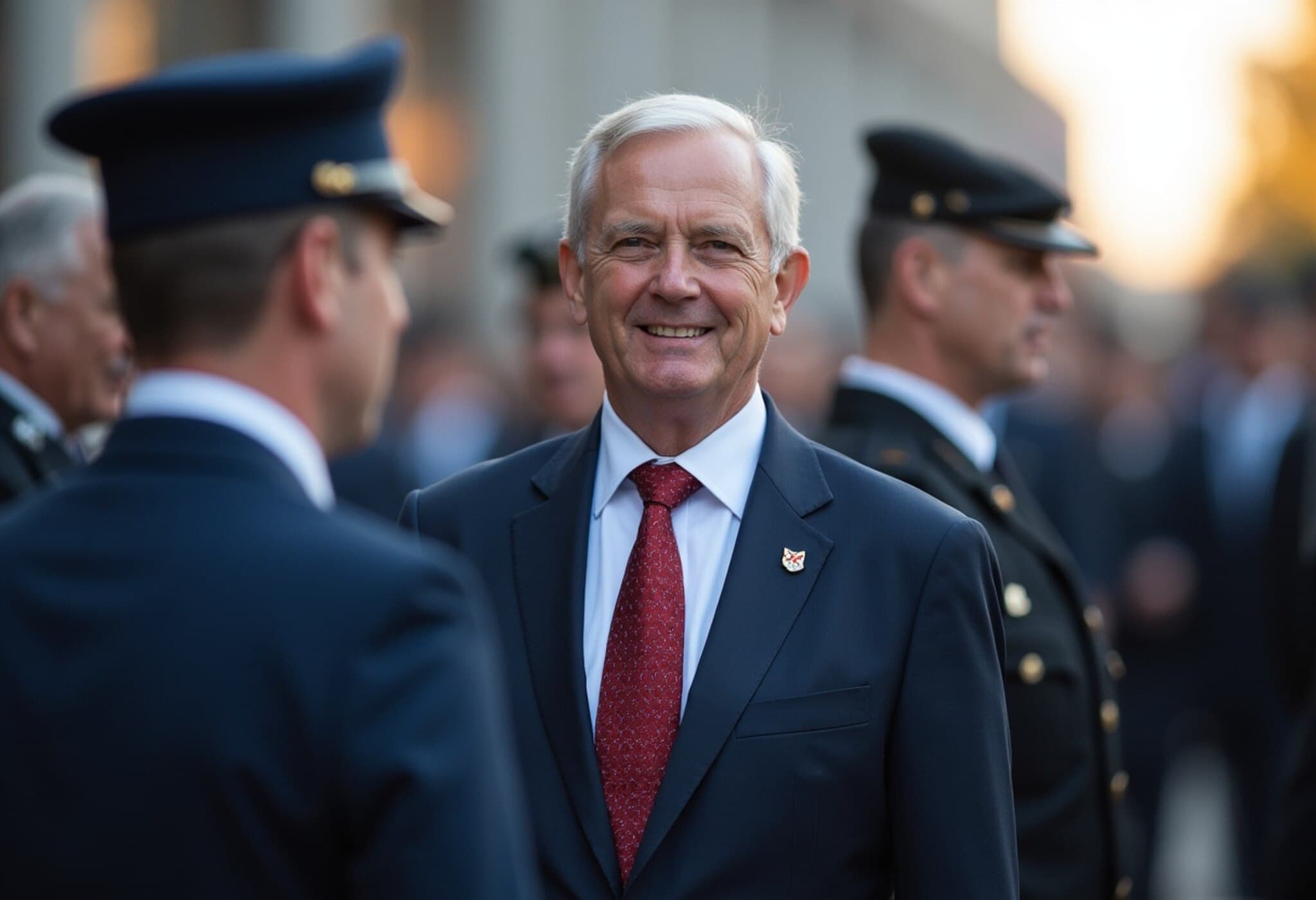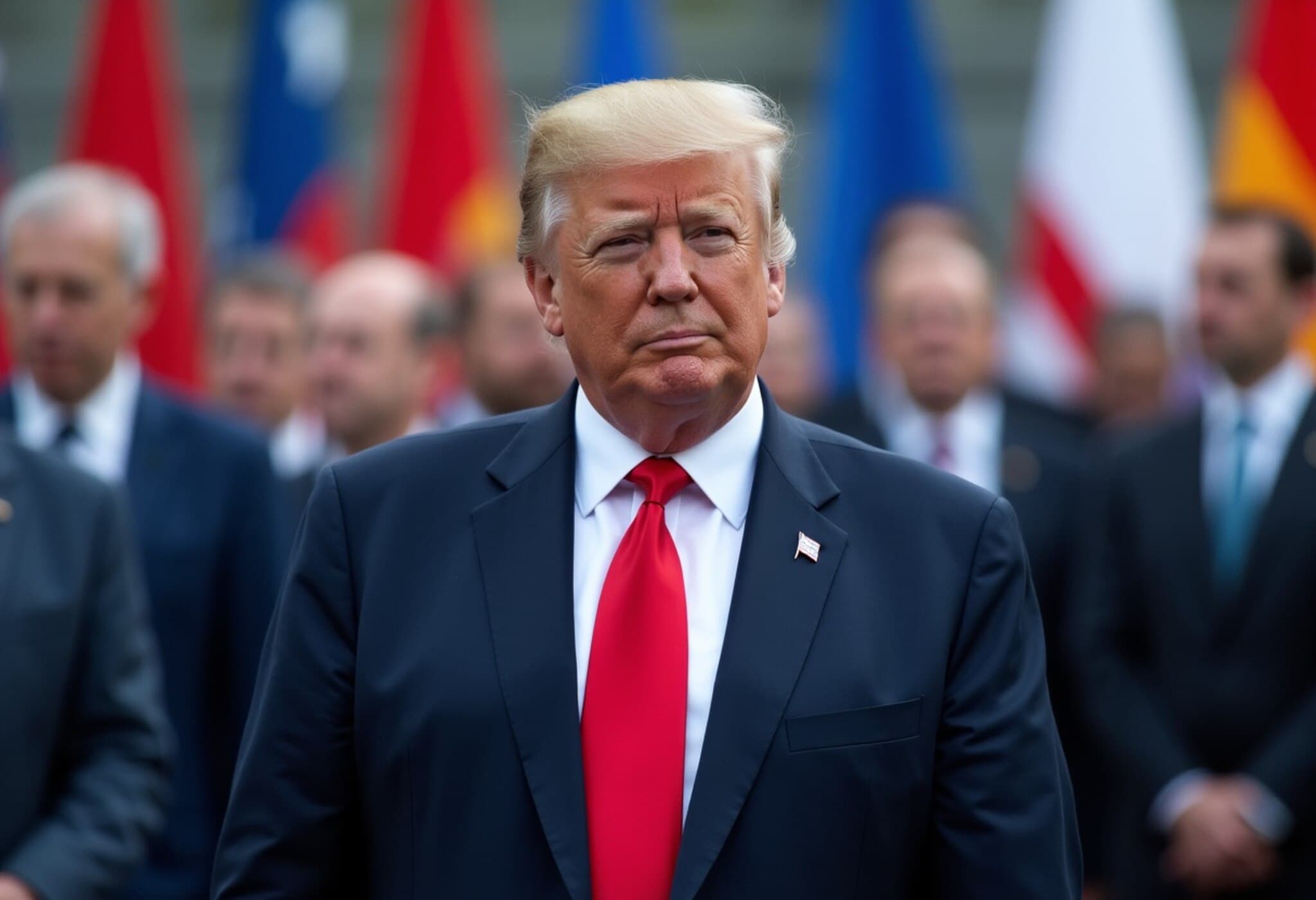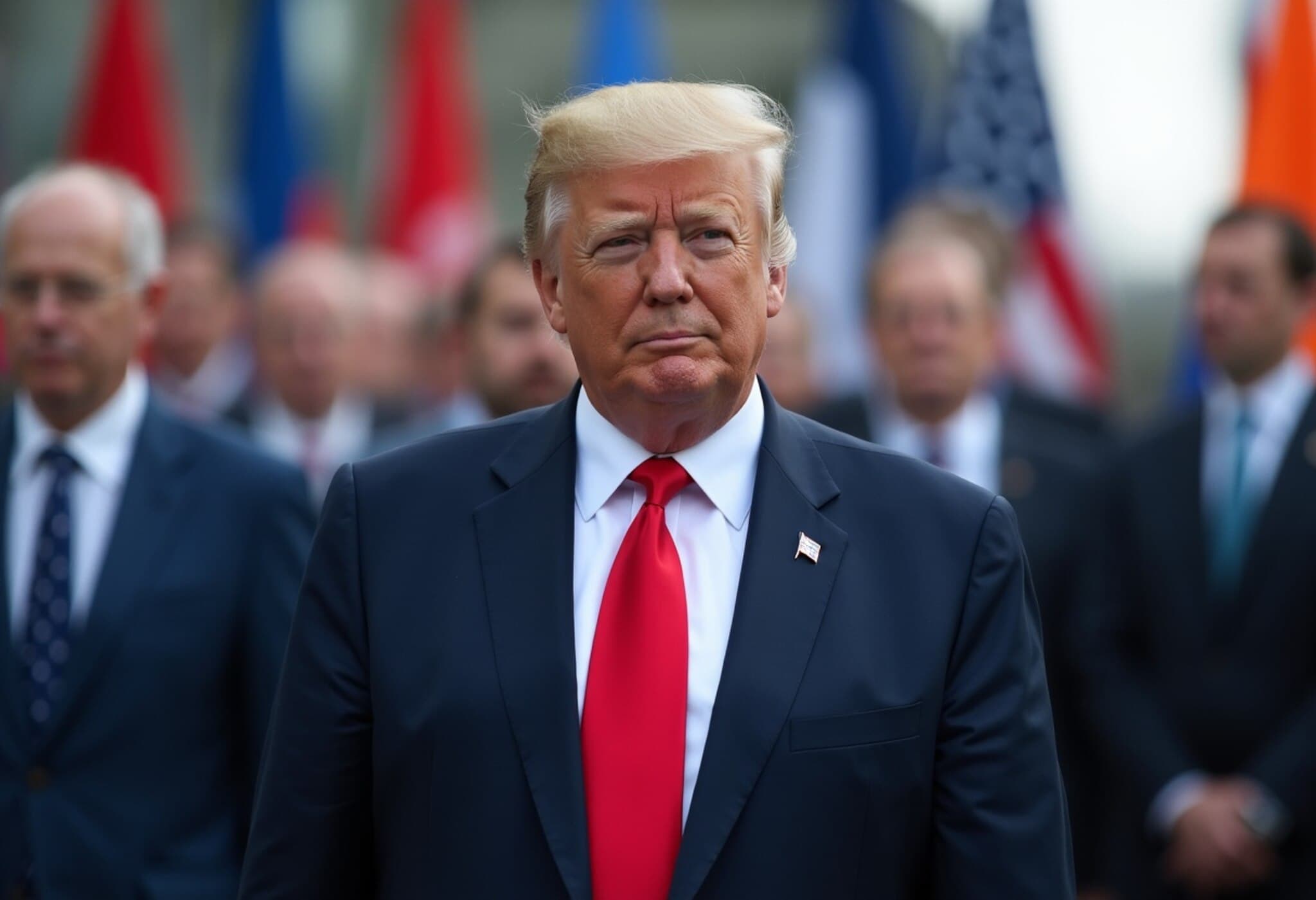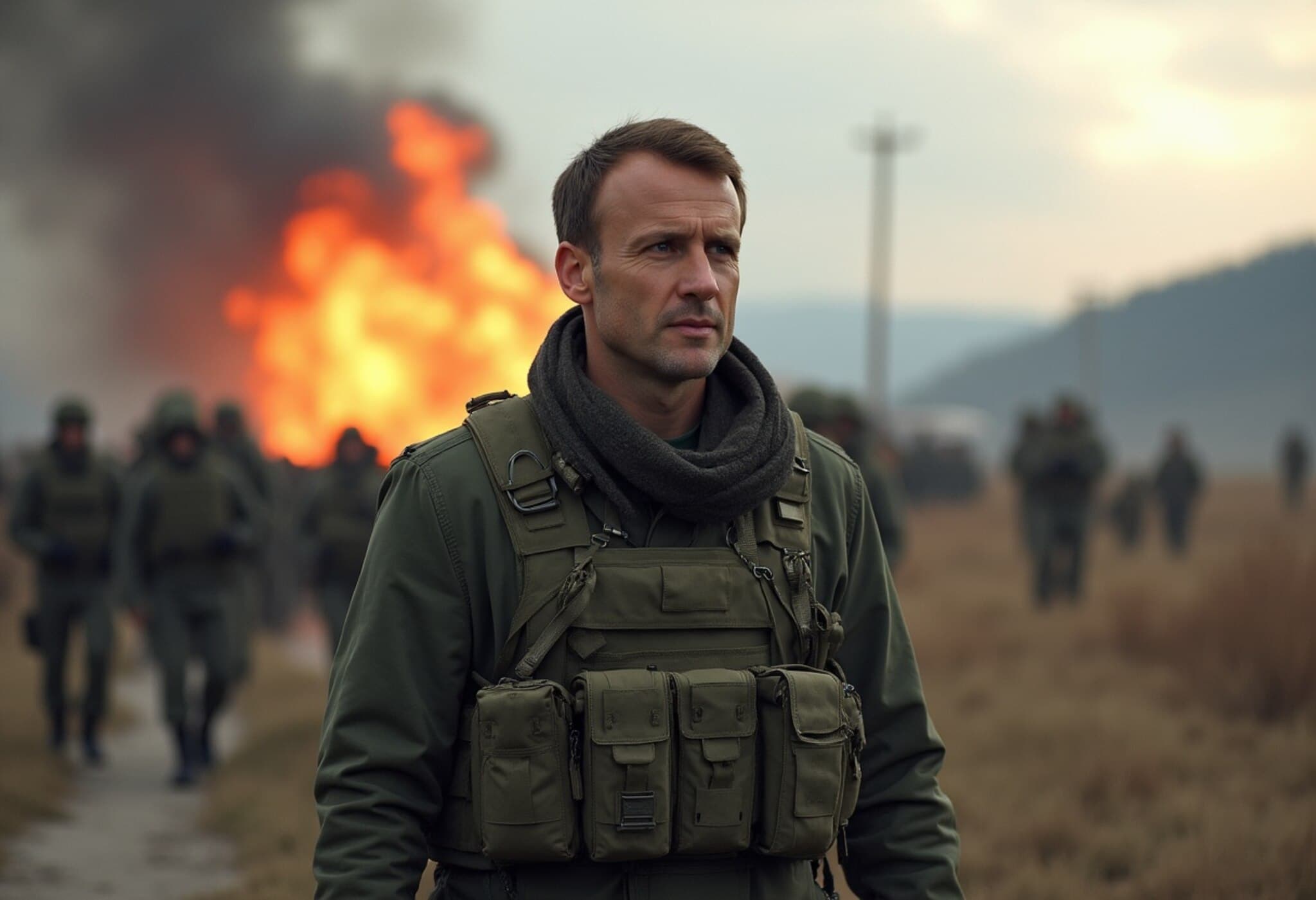A Historic France-UK Nuclear Pact: A New Chapter for European Security
In a significant geopolitical development, French President Emmanuel Macron concluded his three-day visit to London by signing a landmark agreement with UK Prime Minister Keir Starmer to coordinate their nuclear deterrents. This unprecedented pact between Europe’s only two nuclear powers signals a bold step toward a more unified and resilient defense posture across the continent amid escalating global tensions.
Strengthening the Nuclear Shield Amid Rising Threats
For the first time, France and the UK have committed to coordinating the use of their nuclear arsenals in response to “extreme threats to Europe,” according to an official joint declaration reported by Radio France Internationale. While both nations maintain separate nuclear forces and are NATO members, the alliance's collective defense framework does not explicitly address nuclear weapons deployment. This bilateral agreement, therefore, breaks new ground by envisioning a possible joint nuclear response if European security faces severe jeopardy.
Contextualizing the Pact: The Shadows of Russian Aggression and European Instability
This pact gains heightened significance against the backdrop of the ongoing war in Ukraine and intensifying instability across Europe. Russian military aggression has reshaped the continent’s security landscape, compelling longtime allies to revisit and reinforce their strategic deterrence mechanisms. The new agreement between London and Paris is widely seen as an implicit message to adversaries, underscoring a united front that could deter further conflict escalation.
Expanding Defense Collaboration Beyond Nuclear Coordination
Beyond nuclear ties, the summit reinforced commitments to broader defense cooperation, including sustained support for Ukraine. Both countries agreed to continue delivering Storm Shadow long-range cruise missiles to Kyiv—munitions developed collaboratively—and initiate the development of a next-generation missile system. These steps illustrate a multi-dimensional approach to defense partnership, integrating cutting-edge technology and shared industrial strength.
Reimagining the Lancaster House Agreement: Defense as a Pillar of Economic Innovation
The UK Ministry of Defence framed the pact as a revitalization of the 2010 Lancaster House Agreement, transforming the bilateral defense relationship into a “new entente industrielle”. This vision highlights defence cooperation not just as a matter of national security but as a catalyst for economic growth, job creation, and technological innovation, fostering resilience across defense industries on both sides of the Channel.
Prime Minister Starmer emphasized this dual purpose, noting, “The threats we face are multiplying—from war in Europe to new nuclear risks and daily cyber-attacks. Today’s agreements take our partnership to the next level. We are ready to use our shared strength to enhance our capabilities, support thousands of jobs, and keep our people safe.” Macron echoed this sentiment, declaring at a London financial sector event, “Britain and France are stronger together.”
Looking Ahead: A Broader European Nuclear Shield?
The pact’s implications extend far beyond bilateral relations. By laying groundwork for a coordinated nuclear stance, France and the UK may be setting a precedent for a broader European nuclear umbrella. Such integration could redefine Europe’s strategic autonomy, which has long been debated in transatlantic security circles, especially given uncertainties surrounding NATO’s nuclear posture.
On the diplomatic front, Macron and Starmer were scheduled to join a virtual meeting of the “coalition of the willing” alongside Ukrainian President Volodymyr Zelenskyy and leaders from Germany and Italy. Discussions centered on prospects for a ceasefire in Ukraine and potential peacekeeping operations—a delicate balancing act amid ongoing conflict.
Expert Insight: Balancing Deterrence and Diplomacy
National security experts caution that while bolstering nuclear coordination sends a potent deterrent signal, it also risks fueling an arms race dynamic in an already volatile region. The pact prompts critical questions about how nuclear doctrines will evolve in Europe and the importance of coupling deterrence with robust diplomatic initiatives to prevent escalation.
Additionally, the pact underscores shifting defense paradigms post-Brexit, with the UK and France seeking to carve a stronger joint role in European security absent the UK's former role within the EU framework. This move may encourage other European nations to reconsider their approaches to strategic autonomy and collective defense.
Conclusion
The newly forged France-UK nuclear coordination agreement represents a landmark moment in European security architecture, reflecting an urgent recalibration in response to contemporary threats. As challenges multiply—from cyberattacks to geopolitical turmoil—the alliance anchors not just military preparedness but also industrial innovation and economic vitality. Ultimately, this pact raises important considerations about the future shape of European defense and the delicate balance between deterrence, collaboration, and peace-building efforts.
Editor’s Note:
The France-UK nuclear pact invites us to reflect on the evolving nature of nuclear deterrence in Europe’s security landscape. Will this bilateral coordination blossom into a pan-European nuclear shield that enhances collective security? How might this affect NATO’s role and transatlantic relations? As the world watches these developments, the challenge remains to harness such defense partnerships wisely—avoiding escalation while ensuring stability in an increasingly unpredictable world.

